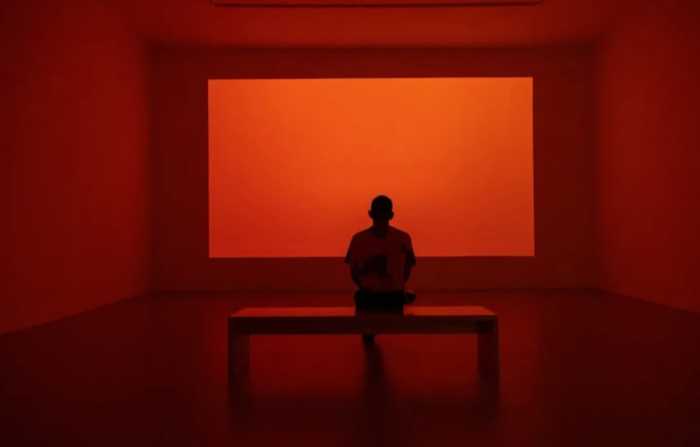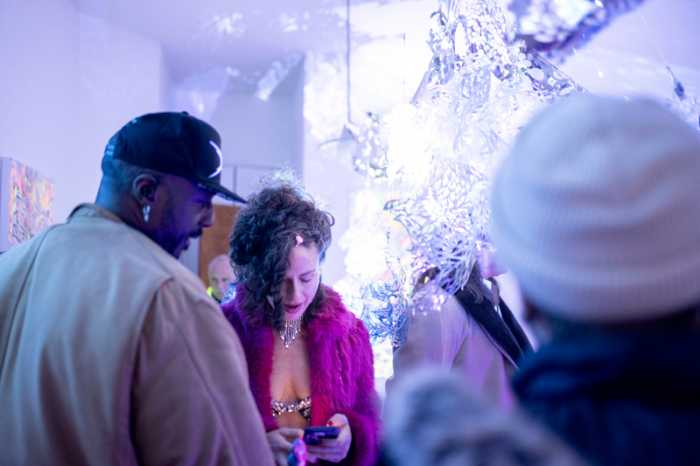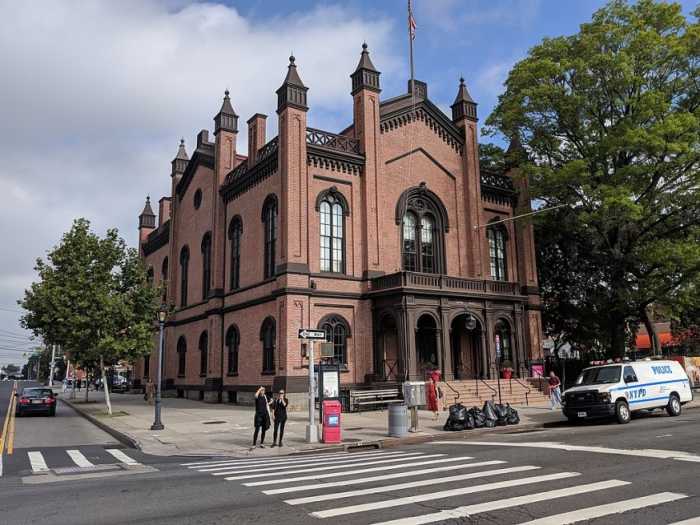From Buenos Aires to Long Island City, Cristián Pietrapiana has seen his art career go from helping out his painter grandfather in his studio to having over 30 exhibitions, his work featured in private collections and galleries, several commissions, and the opportunity to study all over the world.
While Pietrapiana appreciates art that strives to be as realistic as possible, he said he’s much more interested in finding the “personal gestures, expression, limitations and talents” in his subjects, describing his style as “figurative and representational, with a personal twist or view.”
Preferring oils over acrylics due to their slow-drying nature and capacity for manipulation, he described his process of creating a painting as almost free forming.
“I tend to start a piece by taking a photograph of a model or several models and I paint taking the photo as a platform. Later I add or take flesh away and change features… Then I add more bodies and as I start to work and let go, the piece takes its own course. And when that happens, it’s a great feeling because it demands from you instead of the other way around, almost as if it has a life of its own.”
Pietrapiana’s website, www.pietrapiana.net, further describes his work as an exploration of “the vulnerability of human nature as well as human landscapes.” He expanded on this point by explaining that despite the dominance of humankind, he still finds plenty of fragility in people, both physical and emotional, and strives to bring that out in his paintings.
“Even though humans have tamed other species and kingdoms, we are fragile beings,” he said. “Words and actions can be as strong as an illness. Maybe that is why I tend to paint and draw figures that tend to be exposed. Being conscious of our own limitations could make us more humble, and boy do we need more humble attitudes in a consumer society.”
Part of this desire for more humility stems from his admiration of tango, which he said his parents danced often during his childhood. As he got older, he began to appreciate the philosophy within the lyrics of many songs in the genre. He recalled a particular passage from Enrique Santos Discépolo’s tango, “Cambalache,” which Pietrapiana paraphrased as, “We are all manhandled in the same mud.”
“The phrase had a great impact in my recent work. It made sense ideologically and aesthetically, and I started painting all these figures, exposed, naked, all together, almost like a fabric made out of bodies. On the other hand, I think that we are manhandled by society — marketing, politics, world powers and sometimes even those who manipulate religions who emphasize the exclusive instead of the inclusive aspect of belief systems.”
 Pietrapiana said this concept is behind his painting, “Mud,” which depicts a slew of naked men and women mixed chaotically, their limbs intertwined with one another’s in the “fabric” he previously described. Contrasting the disorder in the bodies’ positions are the looks on their faces, which remain still, listless and “manhandled.”
Pietrapiana said this concept is behind his painting, “Mud,” which depicts a slew of naked men and women mixed chaotically, their limbs intertwined with one another’s in the “fabric” he previously described. Contrasting the disorder in the bodies’ positions are the looks on their faces, which remain still, listless and “manhandled.”
The numerous figures in Pietrapiana’s works also play a role in his views on world overpopulation.
“Resources are limited,” he said. “We are too many already and if we add up the fact that corporations and governments are looking to expand markets more than improve societies, well, think of the consequences of every human being trying and expecting to consume like those of us who live in western consumer societies.”
Pietrapiana has continued this theme of nakedness both in the physical and figurative sense, most recently through a series of drawings. For these, the artist has left his brushes and pallets aside and has instead gone with ink on paper, something he says he has not done in a while, but has become more interested in. One of his ink drawings, “Mob,” is similar to the aforementioned painting, “Mud,” in that it features several naked bodies intertwined. In the drawing, the bodies are divided into many segments containing lines spanning in all different directions, the sections appearing to overlap one another, almost as if they’re generating an interwoven fabric similar to the one the bodies are creating among themselves.
“They follow the same theme as the paintings,” he said. “Still figures, still out there, intertwined, manhandled, but a bit more graphic and capriciously playing with lines and stripes.”
Pietrapiana is currently working on commissions with hopes of more exhibitions in the near future. His studio in Long Island City is open to the public by appointment, which can be made by contacting him via email at cristian@pietrapiana.net.
With or without galleries or commissions, Pietrapiana says he will keep on creating and painting.
“Unlike other fields, one is not so drawn to compete or achieve a goal in art,” he said. “It’s more about personal fulfillment I think, which does not make it easier or more difficult, it is just different. One deals with one’s own demands.”




































